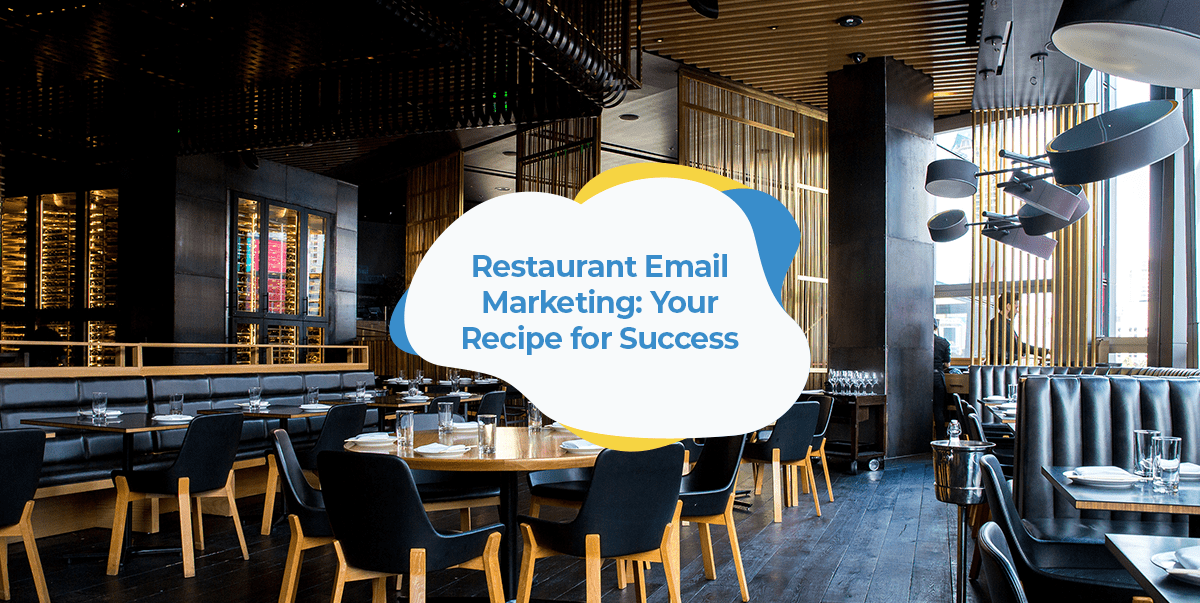Great food by itself won’t guarantee success for your restaurant.
We know running a restaurant is incredibly hard, demanding work requiring long hours, but the reality is that you can’t rely on word-of-mouth marketing anymore. Instead, you need to be actively promoting your restaurant to keep people visiting.
When competing against other restaurants in a cutthroat industry, it’s the restaurants that are able to engage directly with past and future diners that set themselves up for success.
While many restaurants have found luck with social media and other forms of paid advertising, email marketing is one channel you should not ignore.
The good news is that email marketing utilizes much of the same skill set of restaurateurs—it’s all about knowing how to satisfy your customers’ appetite and giving them what they want.
Thankfully unlike running a restaurant, email marketing is not at all time-intensive work.
In this guide, we’ll take you through why email marketing for restaurants is so vital and let you in on the secret ingredients that go into the best restaurant email marketing strategies. We’ll also throw in some of the best examples of emails we’ve found along the way.
Why email marketing campaigns are important for restaurants
Restaurant marketing has come a long way from the days of food critics’ reviews in newspapers and magazines.
To keep people visiting your restaurant today, you need to keep engaging with your diners long after they’ve finished their meal. With our busy lives, simply hoping that your food alone will be good enough to remind people of your restaurant for their next special occasion just won’t cut it.
This is especially true when your competitors are constantly trying to engage with your customers as well. Even if you’re not using email, your competitors are. According to SinglePlatform, the average restaurant spends 15% of its marketing budget on email.
Email gets people in your restaurant and keeps them coming back for more
With email marketing, you’ll be able to keep your customers informed of new menu items, offers, and news (such as if you want to announce that you’ll begin home deliveries).
This not only helps entice them back to your restaurant, but also keeps your restaurant top-of-mind. With your restaurant top-of-mind, your existing customers will also be more likely to mention your restaurant to their friends and family. This increases your brand awareness and the number of new people coming to try your food.
You’re also not limited to just emailing your previous customers. As we’ll discuss later on, there are different types of emails you can send to potential customers that’ll actively work to get more people through the door.
Advantages of email over social media marketing
Of course, when it comes to driving engagement, many restaurants turn to social media where they can share mouthwatering images of their dishes on platforms like Instagram.
But while social engagement is great, social media platforms like Facebook and Instagram deliberately limit your organic reach. This means in order to reach people beyond your most loyal customers, you have to pay for ads on the platforms.
The percentage of people liking your page that see your Facebook posts without you putting money behind the posts is as low as 2.27% and organic post engagement on Instagram can be less than 1%.
With email, however, there are no additional costs to reach everyone on your email list.
The restaurant industry also achieves very high open rates compared to other industries as well with the average open rate for hospitality being 40%. With the overall average open rate across all industries being 32%, this means that people respond well to emails from restaurants.
In addition to being able to reliably reach your entire audience, email also has several other key benefits:
- Email segmentation and automation allows you to target the right message to the right type of customer without any ongoing work.
- Email has the highest return on investment (ROI) of any marketing channel
- People prefer hearing from businesses through email with 72% of Americans preferring email over just 17% who prefer social media.
- Email marketing is more effective than any other channel at both acquiring new customers and retaining existing ones.
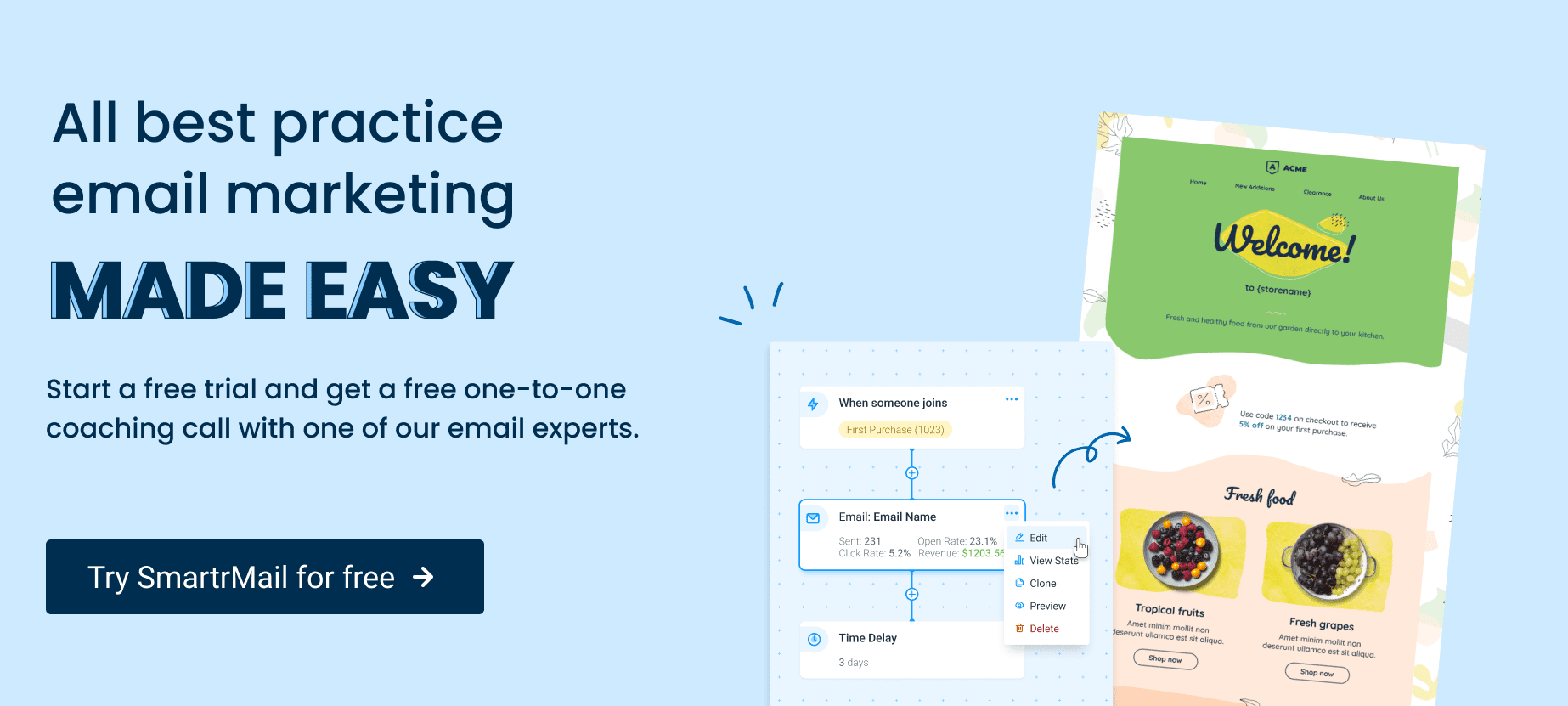
Coronavirus & its impact on restaurant’s email marketing
Few industries have been as affected by the COVID-19 pandemic as the restaurants has been.
With restaurants forced to close for the foreseeable future around the world, it’s clearly not business as usual for the restaurant industry. Your restaurant marketing strategy should therefore not be business as usual either.
While the fundamentals in the guide below remain the same, it’s important to consider what you send in your emails. This is not the best time to go ahead and send that email newsletter telling people to come in and check out your new renovations.
Hold off on setting up automations that invite people to come to your restaurant if you’re closed. If you’ve already set them up, either pause them or adjust the copy. For instance, instead of encouraging people to come in and celebrate their birthday at your restaurant, encourage them to order home delivery instead.
Now is not the time to go quiet
A lot of businesses, not just restaurants, are wondering how to go about email marketing right now. And for one reason or another, a lot are going quiet and not sending emails.
This is not the time to stop emailing.
While it can be a good idea to reduce the amount of promotional emails, keeping in touch with your customers during these uncertain times is vital.
Your customers want to know what’s happening with your restaurant (are they able to come in and pick up takeaway? Are they able to get home delivery? Is there any potential date for reopening?) and many will be genuinely interested in knowing how you’re faring.
The email below from Dunkin’ is a good example of a COVID-19 update.
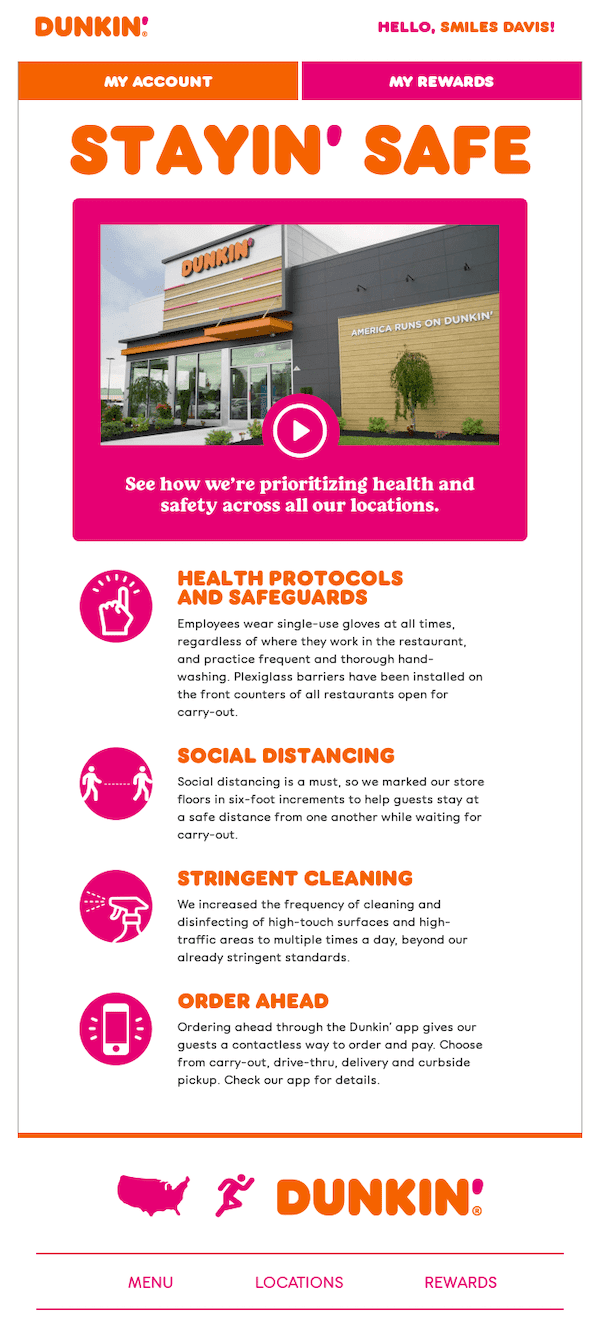
After you’ve shared any updates with your subscribers, it’s still important to continue emailing.
A lot of restaurants that are closed are generating content for their audience that makes for great email newsletters. Some popular examples include running online cooking classes and sharing recipes.
Whatever you’re doing while your restaurant is closed, consider sharing it in your emails.
Setting your restaurant up to bounce back strong
As already mentioned, email marketing keeps your restaurant top-of-mind. By not going quiet, you’ll have a much better chance of being one of the restaurants people choose to eat at first when restrictions are lifted.
By sending brand building emails, like ones sharing recipes or with links to video cooking demos, your restaurant will also emerge from the lockdowns with a much strange brand image and reputation in people’s minds.
Market your Restaurant with SmartrMail today
? Install SmartrMail and get started with our 15 day free trial ?
Creating an email marketing strategy for your restaurant
Choose an email service provider
If you’re starting out with email marketing for the first time, then the first decision is which email marketing service to use. This is essentially just a marketing platform that lets you store your contacts, design and create emails, and send out email campaigns.
While there are plenty of options out there, including SmartrMail if you use an ecommerce platform like Shopify or WooCommerce, there are a few things you’ll want to look for:
- The ability to segment your list. That is, divide your email list into segments of people based on factors like whether they have already dined in your restaurant or not, or whether they live in your city or not.
- A variety of email capture options such as popups and customizable forms.
- The ability to automate emails (which we’ll cover later) so you don’t have to manually send every email.
- Customer support, preferably with a live chat option. This is something you’ll definitely come to appreciate if you’re new to email marketing.
Build your email list
The first step in any email marketing strategy is to have a list of email subscribers that you can contact. After all, there’s no point in sending impressive emails if hardly anybody will ever see them.
So how do you build a list for your email marketing?
While it might seem like collecting addresses is a slow, daunting process, the good news is there are a few small things you can do right now to start building your email list. These include:
Offering coupons
Whether it’s restaurant email marketing or any other kind of email marketing, the most tried-and-true way of getting people on your email list is by offering them something of value in return.
And one of the most valuable things you can offer people is a discount on their next meal.
This does not have to be a fixed dollar amount of percentage off. It could also be a complimentary drink or free dessert in exchange for joining your email list.
It also doesn’t have to be a menu item or something of monetary value. Access to recipes, cooking courses, etc. all work as great as well.
Whatever you offer, it’s what’s known as your “opt-in incentive” – a term you’ll hear in general email marketing. A large part of growing email lists, in any industry, comes down to how attractive the opt-in incentive is.
Offer free Wi-Fi
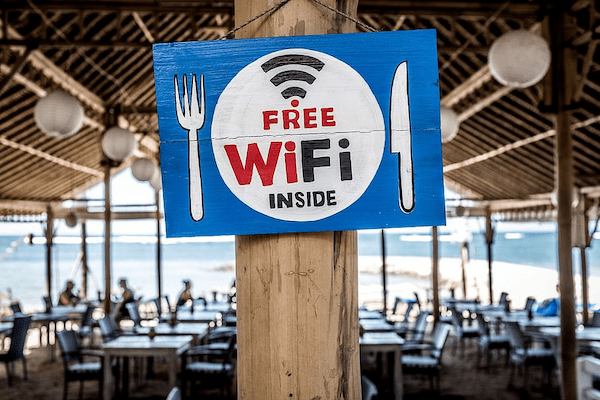
A particularly popular opt-in incentive for many restaurants, particularly those in areas with lots of tourists, is free wi-fi.
Requiring someone to sign up to your email list to access your free wi-fi is a surefire way to quickly grow your email list, which is why this is a popular option among a lot of restaurants.
This can be easily set up with a service like Beambox.
However, beware that acquiring email subscribers this way, as well as by offering discounts can lead to a disengaged list. Ultimately you want to be collecting email addresses of people who are going to be interested in hearing from you.
Mention your email list on menus, bills, etc.
Of course, it’s all well and good to offer your customers a free menu item or discount on their next meal, but you have to also inform them of this offer.
This is where you need to advertise your offer and email list where your customers will see it.
Potential places for doing this can include at the bottom of your menu, on bills or customer receipts, and table tents like in the example below.

The use of a QR code makes it particularly easy for people to sign up to your email list by simply scanning it with their phone and entering their details instead of having to type in an address.
The easier you make the signup process, the more people you’ll get completing the process.
Ask people for their email addresses after their meal
Sometimes it’s the simplest methods that are the most effective, and when it comes to growing your email list simply asking people to join can be enough.
All you have to do is train your staff to inform customers of the benefits of receiving your email newsletters and other future emails and you’ll find many customers signing up.
You can offer to send a digital copy of their receipt if you think that’ll help push more people into handing over their email address.
Capture email addresses from your website
If your restaurant has its own website that receives even a small amount of traffic, it’s worth also advertising your opt-in incentive on it.
You can then provide an email signup form that makes entering one’s details super easy. This can be done in a few ways:
- With popups that grab people’s attention when they visit your site (like in the example below)
- Landing pages that are dedicated to explaining the value of your opt-in incentive
- Capture forms in areas like your sidebar or footer that are easy to find yet not intrusive

To learn more about growing your email list from your website traffic, check out our article on capturing email addresses of your website visitors.
One last tip on growing your email list
By implementing the above suggestions, you’ll start to see your email list grow.
However, keep in mind that a strong email list is not something that appears overnight. Instead, a healthy list is something that grows slowly, but consistently over time.
It’s for this reason that it’s important to start growing your email list as soon as possible.
The sooner you start, the sooner you’ll be able to reach more people and start seeing a greater return on your email marketing.
Restaurant email marketing ideas
After you’ve started growing your email list, it’s time to start actually sending emails.
Of course, the ultimate goal of these emails is to get people dining in your restaurant. But as you’re likely well aware, you can’t simply tell people to dine in your restaurant and expect them to do so.
Instead, to get people to visit your restaurant you first need to engage with them through your emails. If you succeed in doing this, you’ll start getting people visiting your restaurant.
Some email ideas for restaurants that can engage your list include:
Announcing new menu items
If you’re about to launch a new menu item you’ll want to let your email subscribers know.
All this involves is sending an email newsletter highlighting the new dishes and why they taste so good/why people should come in and try them.
To take things to the next level you might want to explain what inspired these dishes. For instance, if you’re launching a new spring menu, you could potentially talk about how you wanted to utilize local seasonal produce to support local farmers.
The email example below from Marion Wine Bar talks about their inspiration for their new seasonal menu.

Spread the word on upcoming events
Events are a great way to get people in your restaurant.
If you hold your own unique events like live music from local artists or even an eating competition, you can send an email newsletter to keep your customers informed.
It doesn’t have to be for elaborately organized events you put on either.
The lead up to key dates for restaurants like Mother’s Day and Valentine’s Day are great opportunities to send out an email reminding people to make a reservation.
Recipes / reheating tips
There’s still plenty of great content you can email during quieter times of the year.
One such idea is to share a recipe or two. Or if your recipes are a tightly guarded secret, you could provide tips for reheating dishes that people have trouble finishing in your restaurant.
The idea is to share content that your subscribers will engage with and get them thinking about your restaurant and your great food.
If you don’t think your audience are the cook-at-home crowd or if reheating isn’t a concern, such as if you’re running a bar restaurant, then don’t worry about sending these tips or recipes.

Share the inspiration behind dishes
Any interesting story behind how a particular dish got on the menu makes for great email content.
It doesn’t have to be edge-of-your-seat interesting either.
You can simply talk about how the recipe dish has been passed down through generations in your family, how it blends together different culinary traditions, or how the dish is a favorite for locals.
Depending on how many menu items you have, this could potentially fill up your email marketing calendar for a while.
Talk about the origin of your ingredients
Many people are interested in knowing the backstory on your ingredients for a few reasons.
Some people simply like to know whether you’re using fresh and natural ingredients whereas others appreciate it when restaurants use local produce as much as possible.
In either case, a ‘farm to plate’ story that gives an overview of what ingredients and where they come from is something you can send out in an email to satisfy their curiosity. And hopefully get them craving your food again.
Promote special deals
If your restaurant is the kind that runs seasonal promotions or weekly deals, then advertise these with a weekly or monthly email. Like in the emails below from Uno Pizzeria & Grill.

Just don’t go overboard and email your subscribers every second day.
Keeping it to a maximum of an email a week is a good rule of thumb. However, holiday periods like Thanksgiving, Christmas, and the lead up to days like Valentine’s Day give you the opportunity to send more frequently.
Introduce the restaurant owner(s)
If you’re running a small family restaurant, introducing yourselves to your customers is a great way to foster a sense of community.
Things you can potentially touch on in this email include:
- What lead you to start a restaurant
- Why you value quality food
- Your favorite dishes
As this is what’s known as “evergreen content” because it remains relevant and can be used at any time, instead of sending this as an email newsletter, you’re likely better off using it as a welcome email.
Welcome emails
Welcome emails are simply emails that are sent automatically to people after joining your email list.
Often the first welcome email will be a simple message thanking the new subscriber for signing up to the email list. This is also an email you should set up. You can check out examples of thank you emails here.
Welcome email series usually include more than one email however, and for your restaurant marketing your email introducing the owners makes for a great welcome email. This is when your subscribers will be most engaged with your emails so take the opportunity to tell your story and turn them into regulars.
You can learn more about welcome email in this guide.
Automated restaurant email marketing
Welcome emails where you introduce yourself and your restaurant are not the only types of emails you can automate.
In fact, there are plenty of emails that you only have to set up once and have them send out automatically.
Not only do these emails save you time (as opposed to having to constantly be sending manual newsletters) but they also get better engagement too. This is because they’re sent to people when they make the most sense, as we’ll see in the examples below.
Birthday emails
Going out to dinner at a restaurant is one of the most popular ways to celebrate someone’s birthday.
It makes sense then to try to capture people’s attention right when their birthday is just around the corner. Just like the email from Vintage Inns does.
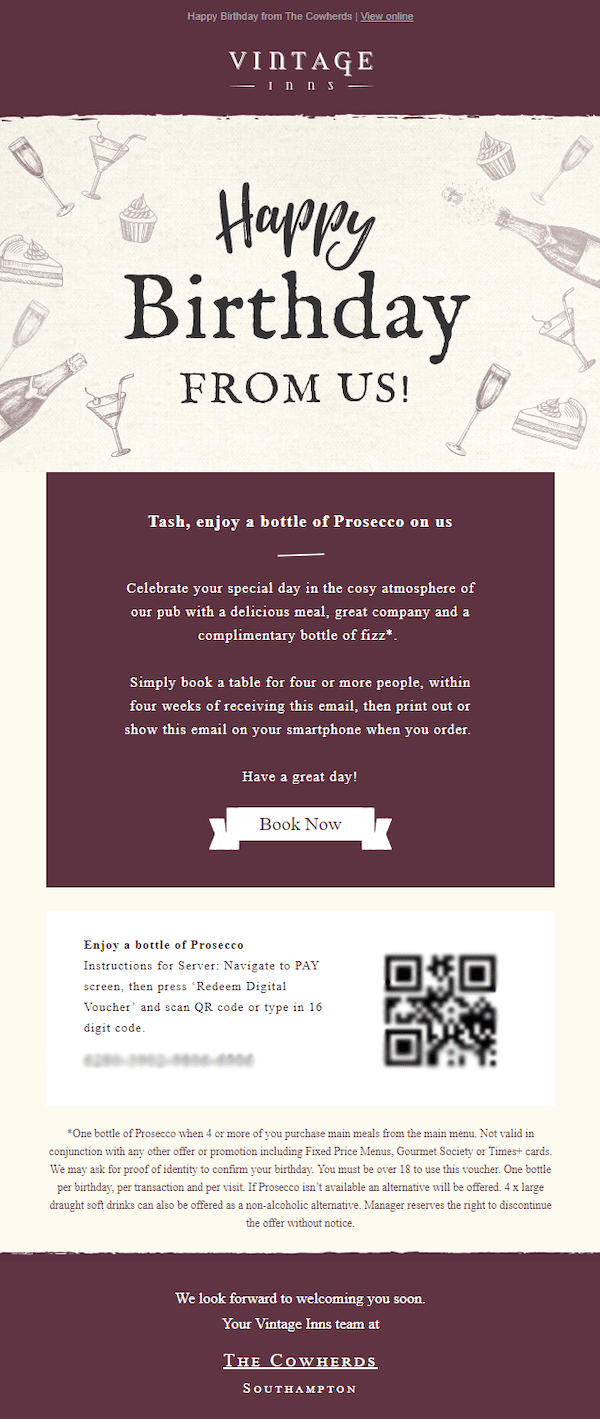
To send birthday emails, you’ll have to ask for people’s birthdays when they sign up to your email list. Many email marketing services will let you add a date section in your email form that lets you do this.
When doing this, we recommend only asking for the day and month as some people will be uncomfortable with providing their exact age. Also avoid making the question compulsory as this might reduce the number of people signing up to your email list.
Being upfront and letting people know what you’re asking so that you can send them a birthday offer also acts as a great opt-in incentive.
Good email apps will also make it easy to automate birthday emails to send to subscribers a week or two (however long you want) before their birthday.
You can learn how to automate birthday emails in SmartrMail here.
Valentine’s Day reminder emails
Even if you don’t know your subscribers’ birthdays, at least you know when major dates like Valentine’s Day is.
Your restaurant doesn’t have to be fancy either to get involved in Valentine’s Day email marketing. Many couples prefer to keep Valentine’s Day dinners simple.
All you have to do is automate an email prompting people to make a reservation or simply advertising your Valentine’s Day menu/offer at the start of February. Just like Longhorn Steakhouse did with their Valentine’s Day email:

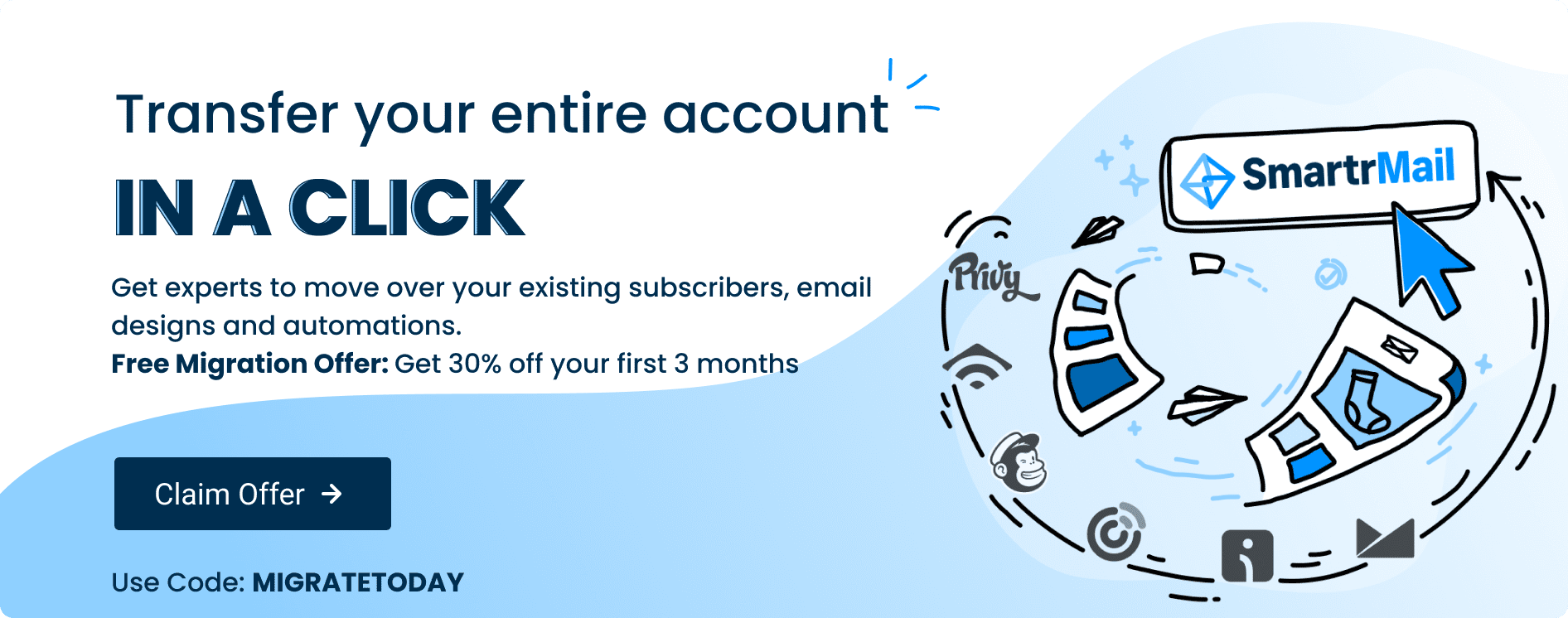
Restaurant email marketing examples
Now that you know the fundamentals of structuring your restaurant email campaigns, it’s worthwhile to check out some examples of great restaurant emails.
General examples
Olive Garden

This email from Olive Garden is not just clever in its use of imagery, but also in how it capitalizes on National Meatball Day.
There’s a ‘national day of…’ for just about every dish. So look up the dates for dishes that are most relevant to your restaurant and add them to your email marketing calendar.
Patina’s winback email
This email from Patina is what’s known as a winback email that’s sent automatically to subscribers who haven’t opened any of their emails in a while.
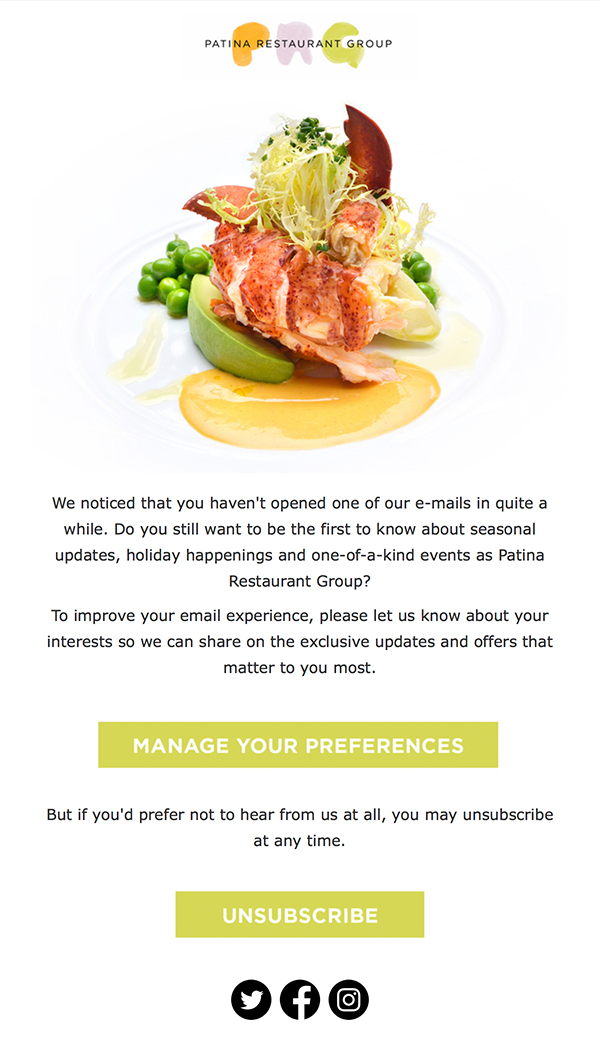
You can learn how to set winback emails up in SmartrMail here.
Backyard Burgers’ welcome email
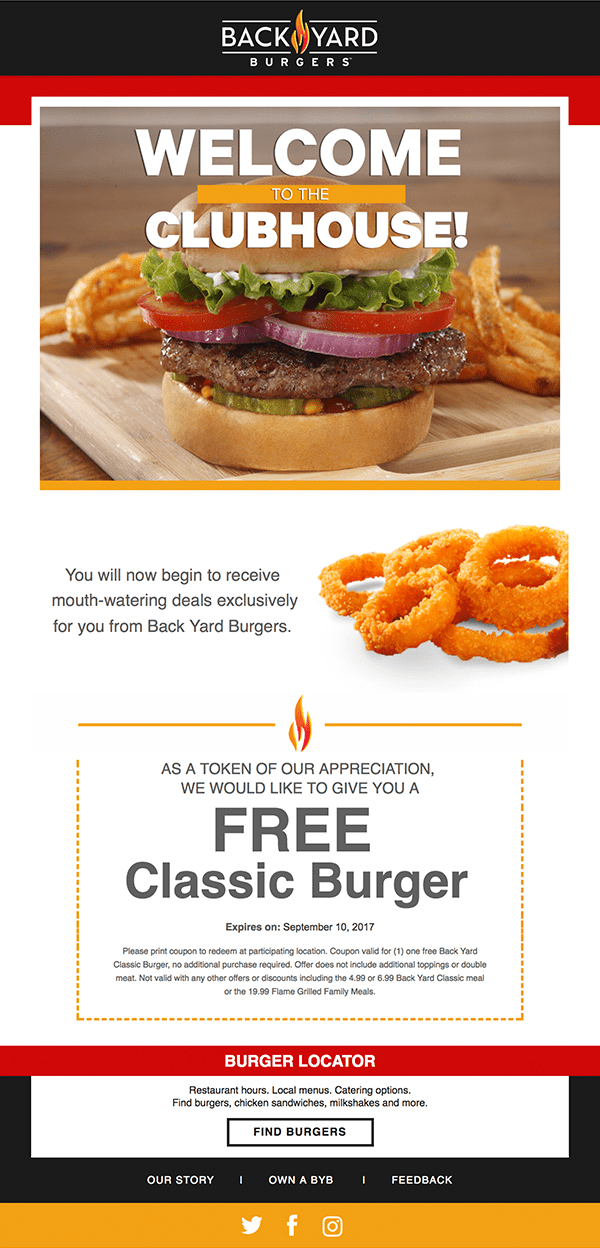
This welcome email from Backyard Burgers demonstrates good use of food photography.
In your own emails you’ll want to include images of your food that gets your subscribers’ mouths watering.
Valentine’s Day Email Marketing Examples
Table Table’s Valentine’s Day email
A simple Valentine’s Day email that highlights the restaurant’s specials for the occasion.

The ‘book your table’ call to action at the bottom is an important inclusion as it guides people to complete the all important step of making a reservation.
Ask Italian’s love at first bite email

The beauty of Ask Italian’s Valentine’s Day email is in its creativity with its tagline ‘love at first bite’ and using shrimp to form a love heart.
Bottiglia’s specialty menu
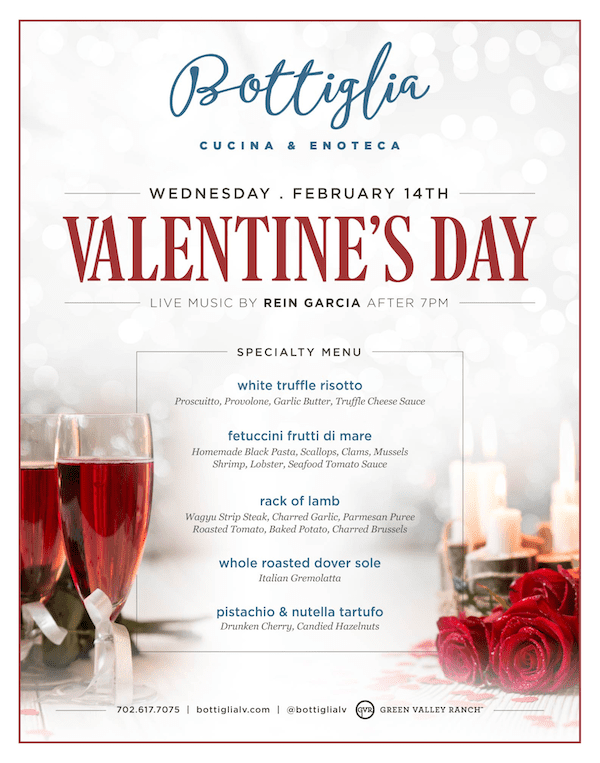
A simple Valentine’s Day email from Bottiglia highlighting the restaurant’s special menu for the day as well as their live music.
What would be nice to see is a call-to-action prompting people to make a reservation at the bottom of the email.
Conclusion
Email marketing for restaurants is pretty straightforward when you know what to do.
All it boils down to is collecting people’s addresses, sending engaging content in the form or a few newsletters a month, and setting up automations like welcome and birthday emails.
Of course, just like with cooking, there’ll be a degree of experimentation to find what works best for your restaurant.
But in the end the results speak for themself.
As you can now appreciate, email marketing delivers the greatest return of any marketing channel, is the best at both acquiring and retaining customers, and is largely automated once you have it up and running.
All of this makes email something you cannot let your restaurant go without.

